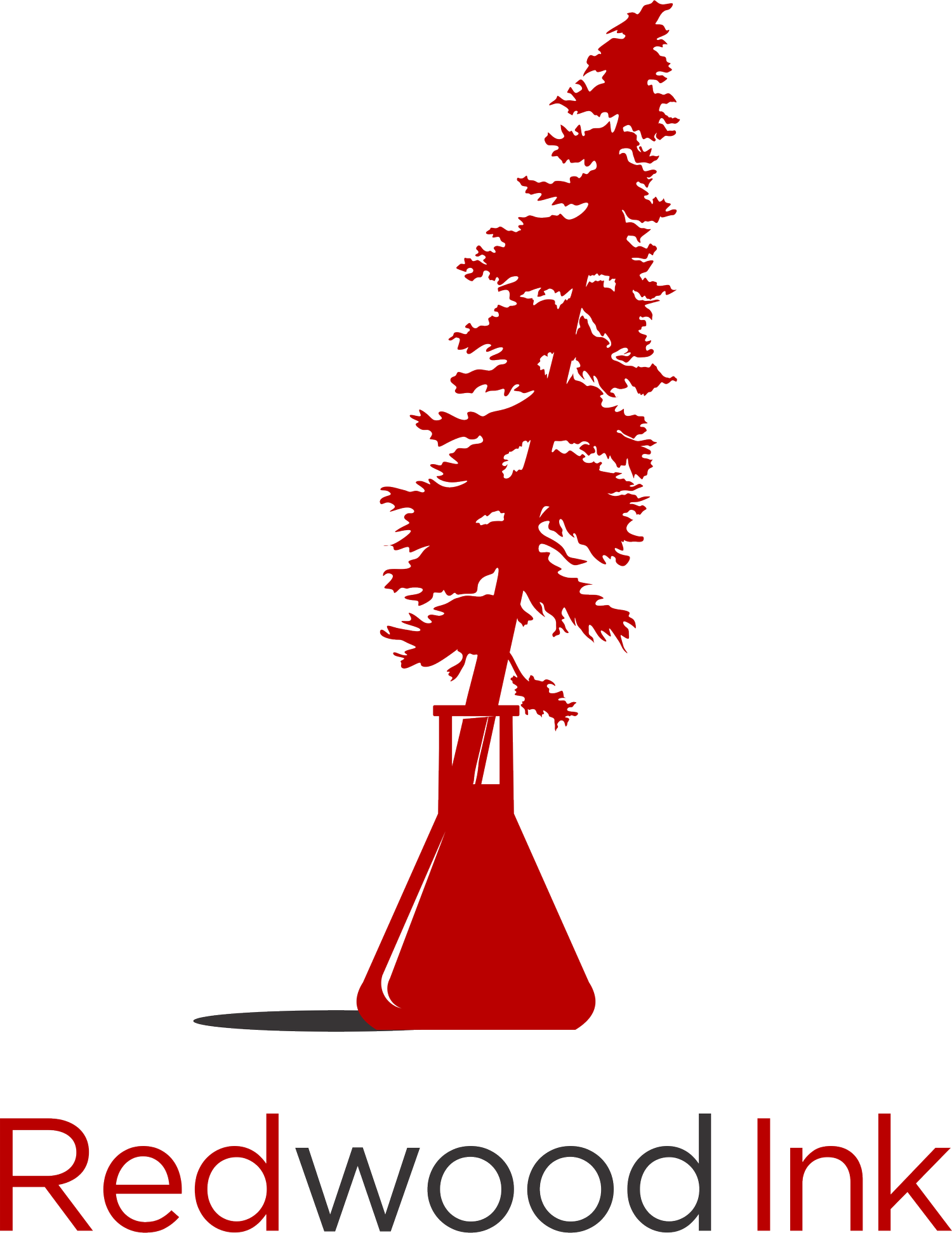When to Use Apostrophes in Formal Scientific Writing
Apostrophes are frequently used in everyday writing, but they are rarely used in scientific and medical writing. This rarity helps to maintain a formal tone, because apostrophes are generally considered informal. But the apostrophe, when used carefully, can add simplicity and clarity to your writing.
Here are a few tips on how to use apostrophes in scientific and medical writing.
Avoid using apostrophes to shorten words
Apostrophes are used to shorten two words into one, such as it’s, can’t, or didn’t. These contractions can make writing less formal, so scientific and medical writers typically avoid using them.
Example 1
Informal: The cells didn’t respond to the drug.
Formal: The cells did not respond to the drug.
Example 2
Informal: We’ll examine whether the compound alters protein function.
Formal: We will examine whether the compound alters protein function.
Bypass apostrophes used to indicate ownership
Apostrophes can also indicate the relationship between objects in a possessive form. Most commonly, they denote ownership of something, such as the student’s books or the dog’s bone. In scientific writing, possessives are rarely used, although this practice is evolving as we shift toward writing scientific documents with plain language.
In most cases, you can rewrite the text to eliminate the apostrophe.
Example 3
Informal: The mutation changed the protein’s structure.
Formal: The mutation changed the structure of the protein.
Informal: The protein moved to the cell’s nucleus.
Formal: The protein moved to the cell nucleus.
Some exceptions to the rule include the following examples:
the manufacturer’s instructions
the American Heart Association’s guidelines
Miller and Smith’s research
the organization’s strategy
Dodge common apostrophe errors
Some writers add apostrophes that are not needed. The following cases describe some of the most common errors.
Possessive pronouns
Do not use an apostrophe in possessive pronouns, such as whose, ours, yours, his, hers, its, or theirs.
Example 4
Incorrect: The cell survived in it’s environment.
Correct: The cell survived in its environment.
Plural nouns
Do not use an apostrophe in nouns that are plural but not possessive, such as DVDs, 1000s, or 1960s.
Example 5
Incorrect: In the 1980’s, biomedical research focused on HIV.
Correct: In the 1980s, biomedical research focused on HIV.
In rare cases, you can use an apostrophe to create a plural form, particularly when using an s alone would create confusion. While these strange plural forms are uncommon, the apostrophe can help to clarify meaning.
Example 6
Incorrect: The document contained 17 as and 14 bs.
Correct: The document contained 17 a’s and 14 b’s.
Example 7
Incorrect: The participants reported more maybes than nos.
Correct: The participants reported more maybe’s than no’s.
